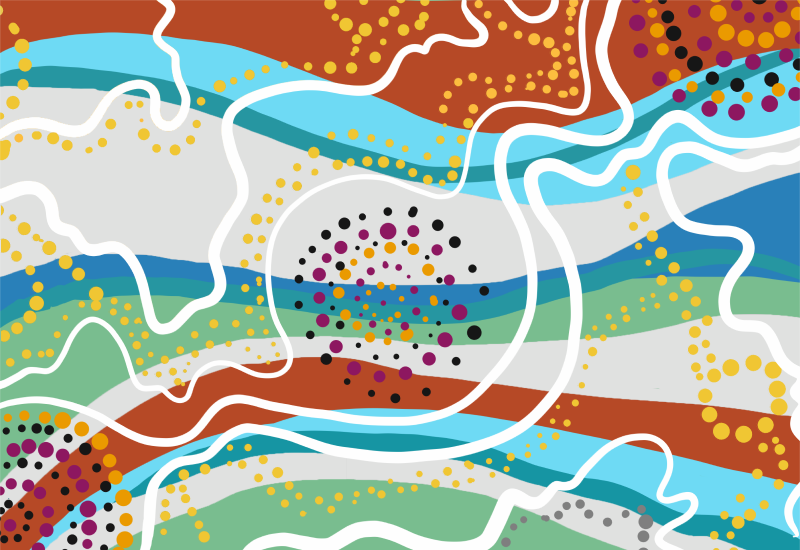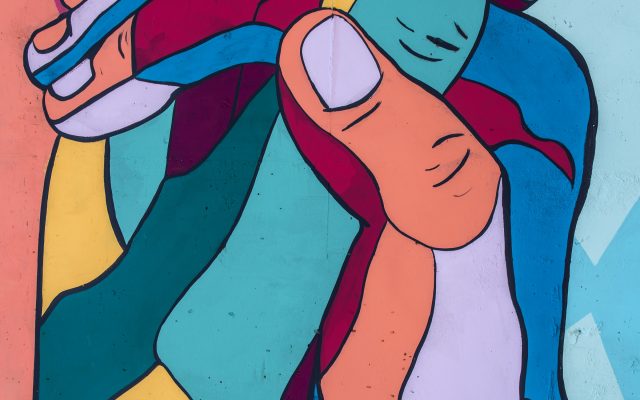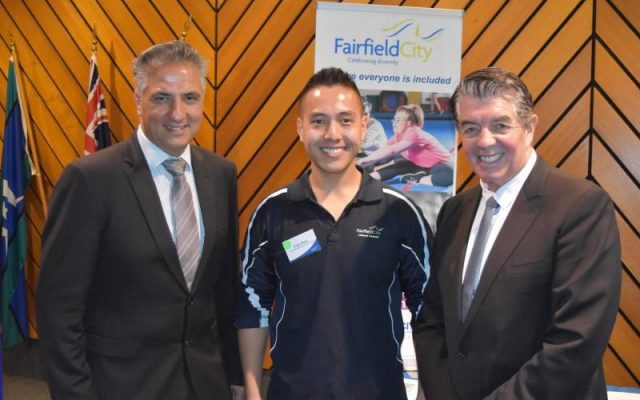
Q&A with our Director, Aboriginal Partnerships and Projects
This NAIDOC Week we are collectively reflecting on and learning about the survival, history, living culture and achievements of Aboriginal and Torres Strait Islander peoples. This week our teams have been invited to reflect on our connections to the Aboriginal lands on which we work, and on the excellence in evaluation practice being showcased by Aboriginal and Torres Strait Islander people. This blog celebrates the work of our Aboriginal Partnerships and Projects Portfolio, the communities and agencies we partner with in co-design, and Aboriginal excellence in evaluation and program design.
It has been a busy year for ARTD’s Aboriginal Partnerships and Projects Portfolio, headed up by Director Simon Jordan. The team have worked across 22 different locations (see map) in 2020 spanning program reviews, evidence building, policy and evaluation projects from sustaining tenancies, to child protection and out of home care, to funding for First Nations led COVID-19 research.
In all of these projects, the approach is one of co-design, not only involving Aboriginal people and communities at every stage, but which is Aboriginal-led. Simon and Kate had a chat to map the Portfolio’s work and catch up about the year’s projects, challenges and innovations.

It’s been a busy year for the Portfolio! Can you give us an idea of the breadth of work and the depth of engagement you have with communities and organisations you are working with?
We’ve worked across some really varied – and really important – projects this year. We’ve co-developed a trauma-informed practice framework for Stolen Generation survivors, family and descendants; worked with agencies under the ‘Their Futures Matter’ program to develop the agencies capacity to collect evidence on the impact of their work; we are helping set future directions for Aboriginal children’s service providers through Strategic Planning; are evaluating regional implementation of the Roadmap to Close the Gap for vision (eyesight) in partnership with Melbourne University; and are developing grants evaluation framework and program logic for APPRISE’s First Nations-led COVID-19 research funding.
Because we have close relationships with the communities and organisations we work with, some of our work this year has also just been flexibly lending a hand when we get asked. It might be providing some assistance with preparing an Expression of Interest for funding, updating agency policies or preparing operational guidelines. We aim to always be responsive and give back to community in our projects, adding value by sharing our skills and the diverse knowledge base of ARTD’s staff with our Aboriginal partners. This approach makes sure the relationship is based on reciprocal sharing.
Can you tell me about the strengths an Aboriginal-led co-design approach brings to policy and evaluation?
Being Aboriginal-led from the community side, the strengths come from community determining the relationship with the evaluation provider: they direct how we work together and decide on our mutual obligations to each other. All the elements at each stage of the evaluation are done with the involvement and leadership of community, from design, development, implementation, review and importantly, to reporting. This makes sure it’s something useful, something they want and will advance community objectives. Where community own what’s being done, it will be supported more broadly within community.
From the evaluator’s side, being Aboriginal-led brings the strengths of lived experience, deeper connection with the issues through our shared history, and being more connected to community. We bring a cultural lens to our evaluation approach. A lot of work with community requires that genuine connection, listening and empathy – the work in our portfolio uses a lot of soft skills – and because we bring our shared cultural, historical and lived experience there’s just that added depth of what we see and hear and interpret as Aboriginal evaluators, thus bringing a lens of truth telling to the process. I myself feel a much deeper connection to my work with communities and have experienced the impacts of inter-generational trauma resulting from my mum being part of the stolen generation and in Parramatta Girls Industrial Training School.
Overall, an Aboriginal-led co-design approach is centred on people, community, and providing the frame for community to realise the outcomes they want to achieve for their mob.
What’s the one thing from your practice as an Aboriginal evaluator you’d like to see embedded into evaluation approaches by non-Indigenous evaluators across the board?
For me, it would be about fostering safe processes for truth telling and getting a good working understanding of principles for Aboriginal led co-design work and how to create a dynamic and flexible process that empowers and is embedded in Aboriginal self-determination.
From a personal perspective I am also interested in ACE (Adverse Childhood Experiences) scores and their links with health effects in later life, pioneered by Founder of Center for Youth Wellness and current Surgeon General of California, Dr. Nadine Burke Harris. A deep understanding of the adverse child experience/physical health nexus, and how these scores impact an individual, family and community can help to shape much more effective programs and community responses.
What have been some of the challenges and innovations both your team and the communities you work with have come up with in the 2020 context?
The shift to more technology-based forms of contact has been really interesting to observe.
To conduct our work, we’ve had to be more innovative and interactive in the tools that we use: we’ve used facetime, things like interactive online whiteboards and online vision cards (asking participants to choose the best representation of their vision for housing for example). Creative methods work well to engage people online. We’ve broken down our workshops into more digestible chunks, and have given participants homework (like asking people to complete SWOTS and survey), so they are bringing even more value back to the next workshop we run with them. And it’s interesting, because in a sense to do the work we do online you really need to work harder than you would face to face and lift the energy to the next level of engagement.
I think there would have been an enormous challenge in using these technologies however, if there were no existing relationships between us and the service providers we work with, and their communities. When using online tools, we needed to be more aware to check in with people, be more aware of facial cues, and drawing out participants who tend to be more silent – even more than in face to face workshops.
The portfolio team have developed a lot of trust within the sector through the Aboriginal led Co-design work we do. This has resulted in good client retention and developing new ways to work together.
I see a lot of innovation in our communities: they are so often responding to needs in ways the mainstream services don’t. They’re cutting edge, really! The service providers we work with were very quick to respond: they found different ways to keep up their visits with community members via facetime with young people and elders and to engage with young people, for example by distributing ‘boredom busting’ packs.
What have you been proudest of in terms of your portfolio’s achievements this year?
I feel proud coming to work each day knowing that communities trust us and want to work with us and they tell us we are a good co-design partner.




